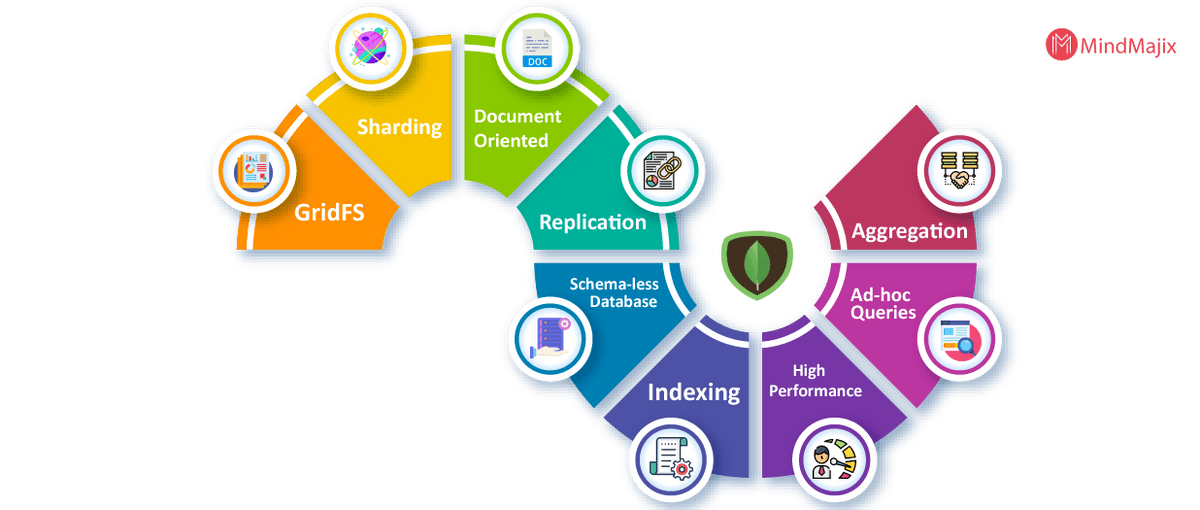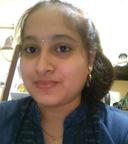- Cassandra vs MongoDB
- MongoDB Aggregate
- MongoDB Commands
- MongoDB Create Collection
- MongoDB Create Database
- MongoDB Create Index
- MongoDB Docker Container Creation
- MongoDB Find Queries
- Top 7 MongoDB GUI Tools In 2024
- Installation of MongoDB on Windows
- MongoDB Interview Questions and Answers
- MongoDB Port - How to Change MongoDB Default Port
- MongoDB Query With Examples
- MongoDB Show Collections
- Sorting data with MongoDB
- MongoDB Tutorial - Beginners Guide
- MongoDB Update Document
- MongoDB vs CouchDB
- MongoDB vs DynamoDB
- MongoDB vs Elasticsearch
- MongoDB Vs MySQL - Which Is A Better Database?
- MongoDB vs PostgreSQL
- MongoDB Projects and Use Cases
- How to Install MongoDB on Windows?
- MongoDB Connection in Java
The collection of system components that contain groups of data that are regulated is called data storage. Management of data that consists of software, hardware, and techniques of handling the database is called a database environment. Data storage is the key element for the present technological advancements. Storage plays an important role in computing platforms. In this article, we are going to all about What is MongoDB.
| Learn more about MongoDB from this MongoDB Online Certification Training to get ahead in your career! |
What is MongoDB?
MongoDB is a cross-platform, open-source NoSQL database, i.e., document-oriented which is programmed in C++ to provide automatic scaling with high performance and availability.
In the MongoDB data model, it is easy to split data among several servers. It automatically redistributes documents, balances data, and loads a cluster, and routes the user requests to the right machine. The following is an example of a MongoDB structure in BSON format.
Sample MongoDB document Structure 1: // class
{
title: ‘MongoDB’, // declarations
by: ‘Vaishnavi Putcha’,
url: ‘https://www.mindmajix.com’,
type: ‘BSON format’
}The architecture of MongoDB NoSQL Database
The following are the components of MongoDB architecture:
- Database
- Collection
- Document

Database
It is also called the physical container for data. Every database has its own set of files existing on the file system. In a single MongoDB server, there are multiple databases present.
Collection
The collection consists of various documents from different fields. All the collections reside within one database. In collections no schemas are present.
Document
The set of key values are assigned to the document which is in turn associated with dynamic schemas. The benefit of using these schemas is that a document may not have to possess the same fields whereas they can have different data types.
What is MongoDB as a non-relational database?
A NoSQL database is similar to any other database which doesn’t follow the traditional relational model provided by RDBMS. That is, in NoSQL databases the data is not stored in tabular form i.e, rows and columns. The data is stored in the form of graphs with vertices and edges, and JSON documents
According to the latest survey conducted by Gartner and DB-Engines rankings, MongoDB stands on top among all the NoSQL database products with more than 10 million downloads and thousands of deployments.
| Find out more about MongoDB in this comprehensive MongoDB Tutorial now! |
What makes MongoDB different from RDBMS?
The following are the differences between MongoDB and Relational DBMS
| MongoDB | RDBMS |
| The collection contains documents that constitute fields. | The table contains the columns and rows to store the data. |
| In MongoDB, the data is stored in the form of documents. | The row represents a single structured data item. |
| The columns are known as fields | The column represents a set of data. |
| Data is generally stored in a single cluster but in separate documents. | Sometimes in RDBMS data is spread across several tables to represent a complete view |
| There is no concept of joins | Joins sometimes form across tables to obtain the data. |
| It is flexible and data normalization first. | It requires data to be normalized first |
Important Features of MongoDB?

- Queries support: MongoDB supports ad-hoc and document-based queries.
- Index Support: All fields in the document are indexed.
- Replication: MongoDB possesses Master-Slave replication. It uses a native application to preventing database downtime by maintaining multiple copies of data.
- Multiple Servers: Duplicate data that is stored in the database is run over multiple servers to avoid the damage caused due to hardware failure.
- Auto-sharding: The data is being distributed among several physical partitions known as shards. MongoDB has an in-built feature called automatic load balancing.
- MapReduce: It is a flexible aggregation tool that supports the MapReduce function.
- Failure Handling: In MongoDB, works effectively in case of failures such as multiple machine failures, data center failures by protecting data and making it available.
- GridFS: This feature will allow the files to divide into smaller parts and store them in different documents without complicating the stack.
- Schema-less Database: MongoDB is a schema-less database programmed in C++ language.
- Document-oriented Storage: It uses BSON format which is similar to JSON
- Procedures: MongoDB JavaScript works better than procedures as databases use the language more than procedures.
| Get familiar with Top MongoDB Interview Questions to get a head start in your career! |
MongoDB Application
The following example shows the method to model a document in MongoDB:
- The “_id” field is used to uniquely identify the document in the MongoDB collection.
- Order data (OrderID, Product, and Quantity) is normally achieved in the separate table in RDBMS, whereas MongoDB actually stores the data in an embedded document.
- The following is an example to embed data in a document.
{
_id : <ObjectId>,
CustomerName : Mindmajix
Order :
{
OrderID: 14334
Product : Iphone Max
Quantity : 3
}
}
Conclusion
MongoDB is the most popular among the other NoSQL type of databases. All the big data applications make use of MongoDB as a default database. The future of MongoDB is bright and professionals possessing MongoDB skills are preferred in the IT market. The demand for MongoDB is going to increase in the near future.
 On-Job Support Service
On-Job Support Service
Online Work Support for your on-job roles.

Our work-support plans provide precise options as per your project tasks. Whether you are a newbie or an experienced professional seeking assistance in completing project tasks, we are here with the following plans to meet your custom needs:
- Pay Per Hour
- Pay Per Week
- Monthly
| Name | Dates | |
|---|---|---|
| MongoDB Training | Dec 23 to Jan 07 | View Details |
| MongoDB Training | Dec 27 to Jan 11 | View Details |
| MongoDB Training | Dec 30 to Jan 14 | View Details |
| MongoDB Training | Jan 03 to Jan 18 | View Details |

Vaishnavi Putcha was born and brought up in Hyderabad. She works for Mindmajix e-learning website and is passionate about writing blogs and articles on new technologies such as Artificial intelligence, cryptography, Data science, and innovations in software and, so, took up a profession as a Content contributor at Mindmajix. She holds a Master's degree in Computer Science from VITS. Follow her on LinkedIn.




